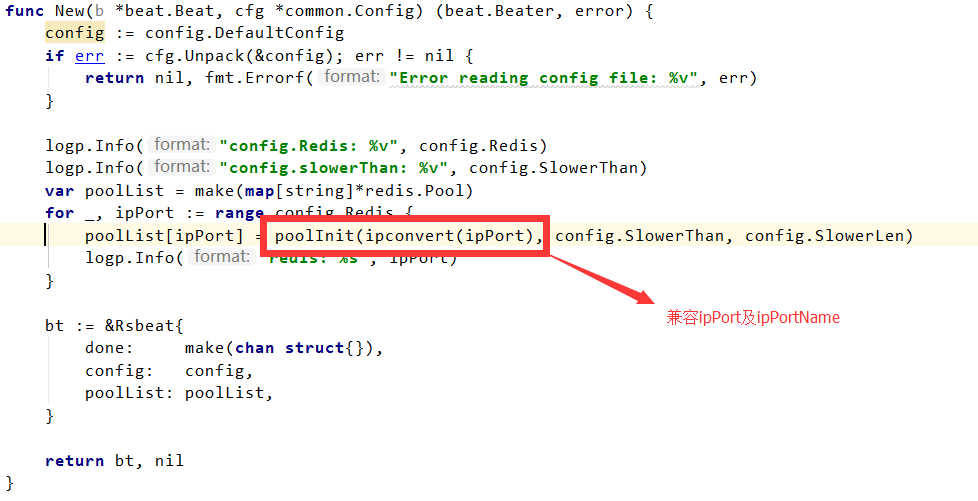Redis Sentinel Reset
SENTINEL reset this command will reset all the masters with matching name. The pattern argument is a glob-style pattern. The reset process clears any previous state in a master (including a failover in progress), and removes every slave and sentinel already discovered and associated with the master. Redis Sentinel is heavily. Redis Sentinel provides high availability for Redis. In practical terms this means that using Sentinel you can create a Redis deployment that resists without human intervention certain kinds of failures. Redis Sentinel also provides other collateral tasks such as monitoring, notifications and acts as a configuration provider for clients. I want to expand on the answer above by providing status meanings in a distributed setup # get sentinel / redis instance role of remote host: › redis-cli -h redis-02.aslave -p 6379 info grep role role:slave # get sentinel status of remote host: › redis-cli -h redis-01.asentinel -p 26379 info grep status master0:name=mymaster,status=ok,address=172.xx.xxx.xx:6379,slaves=2,sentinels=3. Redis Sentinel is a distributed system, this means that usually you want to run multiple Sentinel processes across your infrastructure, and this processes will use gossip protocols in order to understand if a master is down and agreement protocols in order to get authorized to perform the failover and assign a new version to the new.
Cheatsheet
Introduction
Redis is an open-source, in-memory key-value data store. Redis has several commands that allow you to make changes to the Redis server’s configuration settings on the fly. This tutorial will go over some of these commands, and also explain how to make these configuration changes permanent.
How To Use This Guide
This guide is written as a cheat sheet with self-contained examples. We encourage you to jump to any section that is relevant to the task you’re trying to complete.
The commands shown in this guide were tested on an Ubuntu 18.04 server running Redis version 4.0.9. To set up a similar environment, you can follow Step 1 of our guide on How To Install and Secure Redis on Ubuntu 18.04. We will demonstrate how these commands behave by running them with redis-cli, the Redis command line interface. Note that if you’re using a different Redis interface — Redli, for example — the exact output of certain commands may differ.
Python Redis Sentinel
Be aware that managed Redis databases typically do not allow users to alter the configuration file. If you’re working with a Managed Database from DigitalOcean, the commands outlined in this guide will result in errors.
Changing Redis’s Configuration
The commands outlined in this section will only alter the Redis server’s behavior for the duration of the current session, or until you run config rewrite which will make them permanent. You can alter the Redis configuration file directly by opening and editing it with your preferred text editor. For example, you can use nano to do so:
Warning: The config set command is considered dangerous. By changing your Redis configuration file, it’s possible that you will cause your Redis server to behave in unexpected or undesirable ways. We recommend that you only run the config set command if you are testing out its behavior or you’re absolutely certain that you want to make changes to your Redis configuration.
It may be in your interest to rename this command to something with a lower likelihood of being run accidentally.

config set allows you to reconfigure Redis at runtime without having to restart the service. It uses the following syntax:

For example, if you wanted to change the name of the database dump file Redis will produce after you run a save command, you might run a command like the following:
If the configuration change is valid, the command will return OK. Otherwise it will return an error.
Note: Not every parameter in the redis.conf file can be changed with a config set operation. For example, you cannot change the authentication password defined by the requirepass parameter.
Making Configuration Changes Permanent
config set does not permanently alter the Redis instance’s configuration file; it only changes Redis’s behavior at runtime. To edit redis.conf after running a config-set command and make the current session’s configuration permanent, run config rewrite:
This command does its best to preserve the comments and overall structure of the original redis.conf file, with only minimal changes to match the settings currently used by the server.
Like config set, if the rewrite is successful config rewrite will return OK.
Checking Redis’s Configuration
To read the current configuration parameters of a Redis server, run the config get command. config get takes a single argument, which can be either an exact match of a parameter used in redis.conf or a glob pattern. For example:
Depending on your Redis configuration, this command might return:
You can also return all of the configuration parameters supported by config set by running config get *.
Conclusion
This guide details the redis-cli commands used to make changes to a Redis server’s configuration file on the fly. If there are other related commands, arguments, or procedures you’d like to see outlined in this guide, please ask or make suggestions in the comments below.
Redis Sentinel Configuration

Redis Sentinel Reset App
For more information on Redis commands, see our tutorial series on How to Manage a Redis Database.